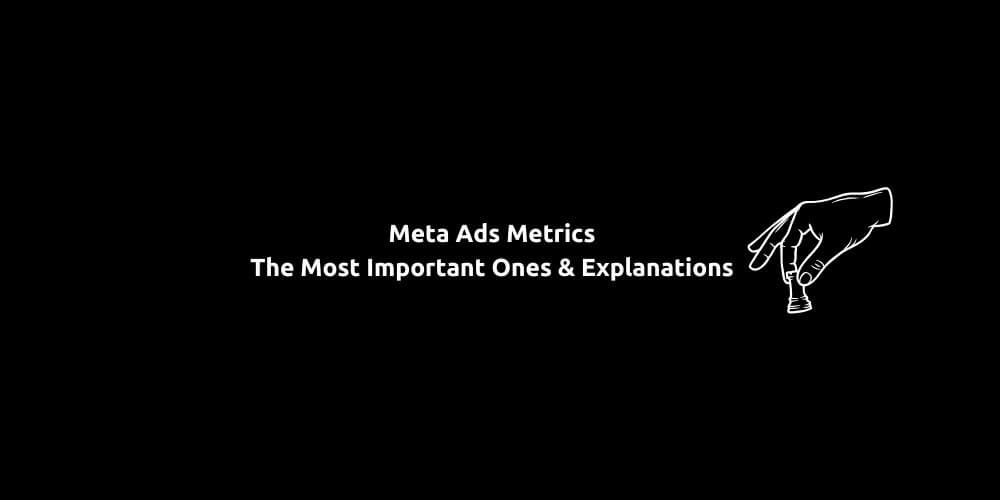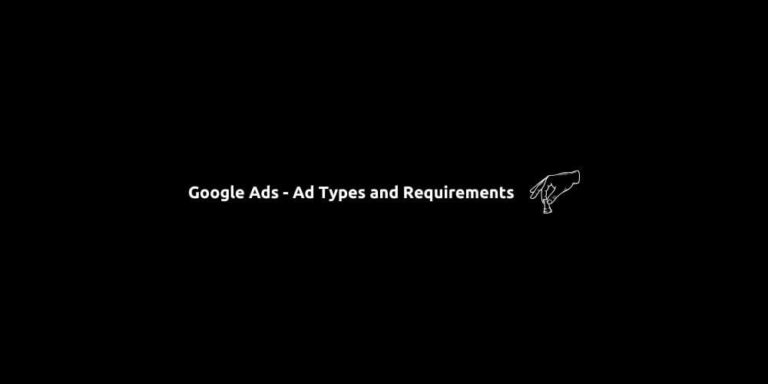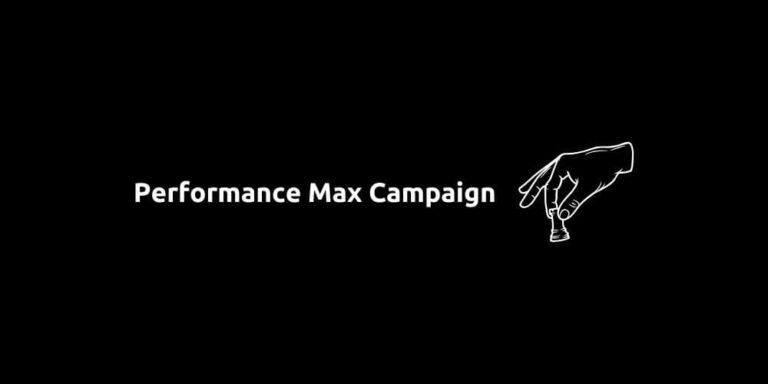Meta Ads Metrics – The Most Important Ones & Explanations
Meta Ads provide a wide range of performance data, but not every number is equally valuable. And in today’s fast-moving world of digital marketing, knowing which metrics matter most can completely transform how you manage your campaigns. So, understanding, tracking and analyzing the most important Meta Ads metrics helps you make smarter decisions, allocate budgets efficiently, and improve overall performance.
In this article, we’ll break down all the essential Meta Ads metrics you should monitor for each campaign goal: Performance, reach, engagement, conversion, video, and social media. Also we’ll explain exactly why each one matters.
Index:
- Summary: Meta Ads Metrics by Objective
- Performance Metrics
- Reach and Frequency Metrics
- Engagement Metrics
- Conversion and Sales Metrics
- View Metrics
- Social Media Metrics
- How to Get Started With Meta Ads
Summary: Meta Ads Metrics by Objective
Before divign deep, below is a quick summary of the most important Meta metrics by campaign objective, helping you focus on what matters most for each type of strategy.
| Objective | Key Metrics to Track |
|---|---|
| Awareness | Reach, Impressions, Frequency, Video Views, ThruPlays |
| Traffic | Link Clicks, Click-Through Rate (CTR), Cost per Click (CPC) |
| Engagement | Post Engagements, Shares, Comments, Saves |
| Leads | Cost per Lead (CPL), Lead Volume, Conversion Rate |
| Sales / Conversions | Purchases, Cost per Purchase (CPA), Return on Ad Spend (ROAS), Conversion Value |
| App Promotion | App Installs, Cost per Install (CPI), In-App Events |
| Brand Growth / Social | Followers, Profile Visits, Mentions, Share Rate |
Performance Metrics
Performance metrics are the backbone of every advertising campaign. They reveal whether your ads are achieving their goals and at what cost. And it’s not different when it comes to Meta Ads. Together, the Meta metrics below provide a foundation for understanding ad performance and guiding budget decisions:
The Results metric tells you how many times your ad achieved its objective such as purchases, leads, or link clicks and helps you evaluate the effectiveness of your creative and targeting.
The Cost per Result (CPR or CPA) shows how much each desired action costs. When this number drops while results stay strong, it means you’re optimizing effectively.
Conversion Rate (CVR) measures the percentage of users who completed your goal after clicking on your ad. This metric provides a key indicator of funnel efficiency.
Last but not least, perhaps the most business-critical number is Return on Ad Spend (ROAS), which calculates how much revenue you earned for every dolar of ad spend. A higher ROAS indicates a more profitable campaign.
Reach and Frequency Metrics
These Facebook ads metrics focus on exposure and visibility. So they are crucial when you want to understand awareness and branding campaigns.
Reach measures the number of unique users who saw your ad, while Impressions counts the total number of times it was displayed. Frequency is calculated by dividing impressions by reach. It shows how often each person sees your ad. If frequency rises too high while engagement drops, your audience may be experiencing ad fatigue.
Monitoring these Meta ads metrics ensures you maintain healthy visibility without overwhelming viewers. So by analyzing reach and frequency together, you can balance exposure and repetition, ensuring your ads are memorable but not overbearing.
Engagement Metrics
Engagement metrics show how audiences are reacting to your ads.
Click-Through Rate (CTR) measures the percentage of people who clicked after seeing your ad. It’s one of the clearest indicators of how compelling your message and visuals are.
Link Clicks represent the number of times users visited your landing page or app through your ad. A strong number here suggests that your creative successfully encourages action.
Finally, Engagement Rate encompasses likes, shares, comments, and saves. These interactions provide social proof that your ad resonates with the audience.
High engagement not only improves relevance scores but can also reduce costs due to stronger ad performance within Meta’s algorithm. In short, engagement metrics bridge the gap between visibility and conversion by showing how your audience emotionally connects with your message.
Conversion and Sales Metrics
When your campaign’s purpose is to generate tangible results such as sales or leads, conversion metrics become the most crucial indicators.
Purchases, sign-ups, and leads show how many conversion actions your ads drive. Cost per Purchase (CPA) or Cost per Lead (CPL) tells you how much you’re paying for each conversion. Keeping these costs low while maintaining high quality results means your campaigns are performing efficiently.
Value per Conversion indicates the average revenue generated per conversion, helping you assess the profitability of your audience segments. Additionally, metrics like Add-to-Cart and Checkout Initiations reveal user behavior inside your funnel and highlight drop-off points that might need optimization.
Together, these Meta metrics translate advertising data into business outcomes, helping you focus on what truly impacts your bottom line.
View Metrics
Video content has become central to digital marketing, especially within Meta’s ecosystem. So that the view metrics. In core, view metrics reveal how effectively your content captures and maintains attention. But there is more.
Video Views count how many times your video played for at least three seconds, while ThruPlays measure how many people watched it entirely or for at least fifteen seconds. Both are excellent indicators of initial interest and sustained engagement.
Average Play Time shows how long viewers stay engaged, and Video Completion Rate (VCR) calculates the percentage of viewers who watch your video until the end. A high VCR suggests your storytelling is effective and your creative holds attention.
Finally, Cost per ThruPlay (CPTP) measures how efficiently you’re spending to achieve full or meaningful video views. Tracking these Meta ads metrics helps refine your creative strategy, optimize video length, and strengthen brand storytelling.
Social Media Metrics
Beyond paid performance, your organic and community metrics reveal the true strength of your brand presence. These Meta metrics measure how your audience grows and interacts over time.
Followers and Page Likes indicate the growth of your brand’s community, reflecting credibility and long-term engagement potential.
Post Engagement Metrics such as likes, shares, saves, and comments show how your content resonates with audiences, while Share Rate demonstrates how often people amplify your message.
Saves indicate long-term interest, while Profile Visits show curiosity about your brand after exposure to your ad or content. Mentions and Tags highlight brand advocacy, and Click-to-Messenger or Click-to-WhatsApp metrics track direct engagement through communication channels.
Monitoring these social signals helps you understand how paid efforts contribute to organic growth, ensuring your brand stays relevant beyond individual campaigns.
How to Get Started With Meta Ads
Tracking the right Meta ads metrics is the foundation of successful campaign management. When you understand what each metric represents, you gain the ability to analyze data meaningfully and take action confidently.
Meta Ads is a powerful digital advertising solution that enables businesses to reach and engage their target audience with precision. With advanced targeting options, diverse ad formats, and detailed performance insights, advertisers can create highly effective campaigns that drive brand awareness, lead generation, and conversions.
However, success requires a strategic approach, continuous learning, and regular optimization. With the right planning and execution, Meta Ads can be a game-changer in your digital marketing strategy. And this is what we do at SS&T Digital. 👇






